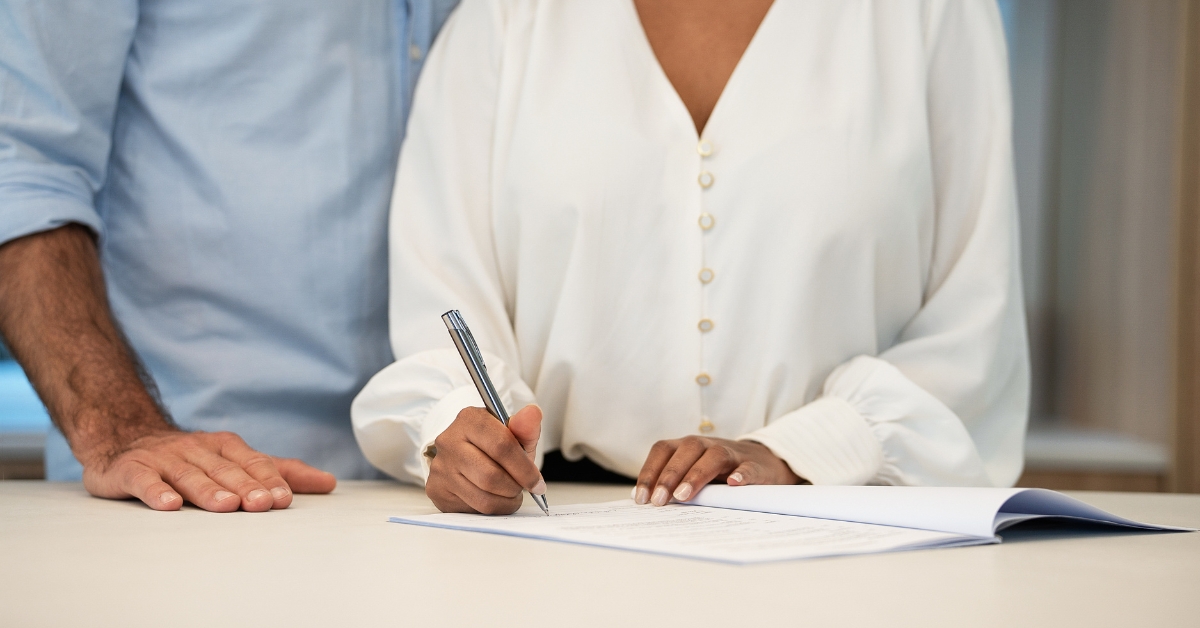Renting Real Estate in Tasmania

If you haven't quite got the means to move into your first Tasmanian house, renting in the the state is a viable option to put a long-term roof over your head.
When you rent rather than buy, you'll notice that there's a lot less red tape than when buying a house. Even so, there are several important things to know before you can move in. In this guide, you'll learn all about the rules and regulations of renting in Tasmania, from applying, to your first few weeks in your new place.
Where should you look for a rental property in Tasmania?
When you're looking to figure out just how much your rent will be in Tasmania, be sure to head to websites such as domain.com.au, realestate.com.au and ljhoooker.com.au. You should also take a look at CoreLogic RP Data and Australian Property Monitors - each are them are an excellent source of information when checking vacancy rates and rental costs across the state of Tasmania.
You should decide what you need out of the rental property. Will it be just for you, or do you want to live with other people? What amenities do you need nearby? Will you pick an area close to the city, or a particular school / university? How much can you afford to spend on rent every week?
- How much rent can you afford
- What type of property do you prefer - a house, apartment etc
- How many bedrooms do you need?
- Do you need parking?
- Do you want to share with someone else?
- Do you want a garden
- Do you need a space for pets?
- How close do you need to be to public transport and other amenities
Next, you should seriously consider going with a a property management service to help you through the renting process. At LJ Hooker, our Property Management team look after a wealth of Tasmanian rental properties, and we're perfectly placed to help you find the most suitable place possible.
Are inspections important?
They are. You should spend a substantial amount of time properly inspecting any property you are looking to rent. This means checking out the furnishings and fittings, and that everything else in good working order. Your tenancy agreement will almost certainly state that you are required to leave the property in the same condition as which you moved in, so that the next occupant can move in with minimum fuss.
This means that when you move in, everything should be in good condition, but it's still important that you check regardless. This means that you cannot be blamed for damage that wasn't caused by you. You'll need to inspect the plumbing, heating, cooling, and water pressure, as well as whiteware and outdoor areas. The presence of mould should also be noted.
Applying for rental property in Tasmania
How to become a tenant in Tasmania
Before you can start looking at renting a property in Tasmania, you're have to go through an application process. This usually means providing proof of your earnings, as well as references from previous landlords.
On top of that, you should try and find out who will deal with any issues that can arise over time. With this in mind, you should have a read of the Consumer, Building and Occupational Services website. On this website, you'll uncover a whole raft of information regarding your rental rights, so be sure to keep it indexed if you ever become unsure of anything during your time as a tenant.
New tenant checklist
Don't sign along the dotted line until you have a received everything required as a new tenant. You'll be provided with this by either the landlord or property agency. Following this, you will need to:
- Register to MyBond
- Complete the tenancy agreement
- Complete the condition report and note down any repairs or discrepancies on the condition report A list of repairs that will be made by the landlord, in writing
If you don't have any of these, don't sign the tenancy agreement. That's because the Tasmania tenancy agreement is a legally binding contract, and can last a decidedly long time. There is little point in getting locked into something that you don't quite understand.
The costs of Tasmania rental property
Before you become a renter in Tasmania, you'll need to work out just how much it will cost you. Legally, you cannot be charged more than one month's rent in advance, and the bond cannot be more than this, either.
It's worth bearing in mind that there are a few costs which you cannot be held responsible for. For example, you won't be asked to pay up for keys or a swipe card to enter your home, nor will you be charged any money to set up bonds or other official documentation. If any issues do arise when it comes to finance, Consumer Services will give you guidance on how to bring it up with your landlord or property manager. The Tasmanian Department of Housing is also a useful point of reference.
If your rent is to be increased, the landlord or property manager must give you at least 60 days notice, which has to be given in writing. The notice should also say precisely how much the rent is going to increase by, on top of the date that it will take effect. Finally, the notice should be addressed directly to the leaseholder, dated and signed.
- A fee to secure keys for a viewing before signing the tenancy agreement (this is refundable).
- The cost of extra keys, if you need any cut.
- Set-up fees for your utilities.
- Any legal requirements stipulated in the tenancy agreement.
Condition reports
Not long after you've signed the tenancy agreement, seek out the condition report which describes state of the property. This document acts as proof of its condition when you first move in, which really helps when claiming your bond back. The accuracy of the condition report depends upon your earlier inspection of the property, so ensure that it is correct and filled out properly.
Two copies of the condition report should be provided - one for you, and one for the landlord/letting agency. You should look it over, fill it out and return it within two days of receiving it. The report should also describe any repairs that are outstanding. As soon as it is signed, the condition report becomes a binding contract. Head on over to the Consumer Services website for a detailed rundown on how the condition report works.
Signing the tenancy agreement
There are a two types of tenancy agreements in Tasmania, and these are fixed-term and non-fixed term.
Fixed-term lease
Signing a fixed-term agreement allows you to live in a rental property in Tasmania for the stated period of time. Usually, this falls between six months and a year, but can be longer. A fixed-term agreement can be renewed, if the tenant and landlord agree terms.
Non-fixed-term lease
A lease (written or verbal) which does not have an expiry date is a non-fixed-term lease. This type of contract has no fixed end date, but it keeps the same rules and stipulations of a fixed contract and can often follow on from a fixed-term agreement
Reading the fine print
The tenancy agreement details all of your rights and responsibilities as a tenant in Tasmania. This includes any cleaning obligations you may have upon the end of your tenancy, whether or not pets are allowed, and what will happen if you fall into arrears with your rent.
When you begin your tenancy, you should keep up the condition of your Tasmanian rental property as best you can, and pay rent as pointed out by the agreement. Should you have any queries about the renting process in Tasmania, be sure to contact our expert team today.
DISCLAIMER - The information provided is for guidance and informational purposes only and does not replace independent business, legal and financial advice which we strongly recommend. Whilst the information is considered true and correct at the date of publication, changes in circumstances after the time of publication may impact the accuracy of the information provided. LJ Hooker will not accept responsibility or liability for any reliance on the blog information, including but not limited to, the accuracy, currency or completeness of any information or links.



